Its truly encouraging to see the New Orleans Loving Festival is back for its sixth anniversary. Described by its organizers as “a Multiracial Community Celebration and Film Festival that challenges racism through outreach and education”, the Loving Festival approaches this commendable mission with dedication instead of provocation, contemplation in lieu of agitation, and with art instead of politics.
The major visual art component of the 2016 festival is a juried exhibition called Mixed Messages 6: Race-Identity-Love. This year the show is presented not in a typical gallery space but on the third floor of the Myrtle Banks Building on Oretha Castle Haley Boulevard in New Orleans. The building was once a school, then an empty and abandoned testament to inner-city blight, but now restored features a food-market on the ground floor, and office and work spaces above. Mixed Messages 6 was hung in a large central hallway that serves as an exhibition space for the Creative Alliance of New Orleans, and the common area for a suite of offices leased by a local entrepreneurs, non-profits and charter schools. Its placement in this area felt synergistic― the works of art providing arresting and thoughtful reflection about some of the significant social and cultural issues that many urbanists, education professionals, and children in a New Orleans charter school are likely to wrestle with continuously.
Donna Woodley's series Black Women Rock: Painting Black Female Experience, demonstrate this relevancy. They are small rectangles, equipped with descriptive titles (such as Conisha the Civil Engineer, Meesha the Chief Operating Officer, and Shamika La Tray the Doctor) but they are deliberately inscrutable pictures. Though the titles are suggestive of some distinctive African American women's professional identities (and attire), you're not going to find portraits like these on anyone's LinkedIn page. Each face is obscured, and instead of business suits and lab coats, the sitters appear not only in their underwear but in Grandma's as well. As the artist revealingly explains on a small text panel that accompanies her works “...White "granny panty" underwear placed on the heads of black women covering their eyes presents tension between humor and seriousness, absurdity and truth, and visibility versus invisibility. The female figures in my paintings are confrontational towards the visibility and value of black women within American society, both historically and from a contemporary context...” If these works do indeed foster trenchant and comic social discourse it's worth noting that they're coming from an African American female artist who is confidently and self-consciously defining the rules of the debate.
The major visual art component of the 2016 festival is a juried exhibition called Mixed Messages 6: Race-Identity-Love. This year the show is presented not in a typical gallery space but on the third floor of the Myrtle Banks Building on Oretha Castle Haley Boulevard in New Orleans. The building was once a school, then an empty and abandoned testament to inner-city blight, but now restored features a food-market on the ground floor, and office and work spaces above. Mixed Messages 6 was hung in a large central hallway that serves as an exhibition space for the Creative Alliance of New Orleans, and the common area for a suite of offices leased by a local entrepreneurs, non-profits and charter schools. Its placement in this area felt synergistic― the works of art providing arresting and thoughtful reflection about some of the significant social and cultural issues that many urbanists, education professionals, and children in a New Orleans charter school are likely to wrestle with continuously.
Donna Woodley's series Black Women Rock: Painting Black Female Experience, demonstrate this relevancy. They are small rectangles, equipped with descriptive titles (such as Conisha the Civil Engineer, Meesha the Chief Operating Officer, and Shamika La Tray the Doctor) but they are deliberately inscrutable pictures. Though the titles are suggestive of some distinctive African American women's professional identities (and attire), you're not going to find portraits like these on anyone's LinkedIn page. Each face is obscured, and instead of business suits and lab coats, the sitters appear not only in their underwear but in Grandma's as well. As the artist revealingly explains on a small text panel that accompanies her works “...White "granny panty" underwear placed on the heads of black women covering their eyes presents tension between humor and seriousness, absurdity and truth, and visibility versus invisibility. The female figures in my paintings are confrontational towards the visibility and value of black women within American society, both historically and from a contemporary context...” If these works do indeed foster trenchant and comic social discourse it's worth noting that they're coming from an African American female artist who is confidently and self-consciously defining the rules of the debate.
Directly across the hall another female artist also explores issues of identity and the pliable craft of portraiture. As opposed to Donna Woodley's paintings, in which clothes definitely do not make the woman, in Leona Strassberg Steiner's photographs the difference between two simple garments is shown to be a potent but unreliable cultural, religious and political marker. Her series Aziza and Ahuva- A Love Story, consists of diptych self-portraits cloaked in disarmingly simple disguise. In each work the artist presents herself twice, in identical surroundings and in nearly identical pose. The main difference between the two personas is that she wears a hijab in one and she sports a smaller more western head scarf in the other. Strassberg Steiner's statement about these works relates that she has spent half her life in Israel and that they raise “...questions about land, borders, and displacement.” I don't think that these photographs are meant to tell us something that we don't know‒excluding extremists on either side don't we accept the basic humanity of Israelis and Palestinians? Strassberg Steiner's message seems more plaintive than novel, more personal than political. If ending the protracted conflict is currently too much to ask for or expect, at least in Strassberg Steiner's mind and in her photos, some manner of reconciliation is achievable.
The seven other artists featured in Mixed Messages 6: Race-Identity-Love, offer diverse responses to the exhibition's broad parameters. Iris Crey focuses on love by creating visual allegories that explore the relationships and influence between well-know 20th century artists; Belinda Shinsillas uses abstract paintings to explore the intersection of her Mexican and New Orleans identities; Gason Ayisyin finds resonance of his childhood in Haiti in documentary photographs of New Orleans; Sean G. Clarke's assemblage, In Case of, compels viewers to think about racism in everyday and in emergency situations; the artist ChE's Altar Piece is a multi-disciplinary interactive installation made in response to the Black Lives Matter movement; José Tores-Tama's drawings honor Latino immigrant workers who struggle to remain in New Orleans, a city they helped to rebuild after Hurricane Katrina; and Bottletree (the nom de guerre of Jerald L. White who is the founder of Charitable Film Network and the New Orleans Loving Festival) contributes images from his New Orleans Tokens & Souvenirs project that documents how Black Americans are depicted in contemporary New Orleans tourism memorabilia, and how these items impact the lives of Black New Orleanians. Befitting the Loving Fest's inclusive and egalitarian practice, a collaborative work made during a Create Community - Make Art Together event by artists Sallie Knox Hall, Lisa Kaichen, and about 30 New Orleans participants, is also on view.
The New Orleans Loving Festival is not only a welcome annual event. As can be gleaned from its website and its Facebook page, the organization produces, sponsors, and promotes a year-round program of community happenings, artistic performances, exhibitons, discussion groups, and various other educational initiatives. Mixed Messages 6: Race-Identity-Love, like all of The Loving Festival's perseverant endeavors, is an earnest and illuminating step along an admirable path. STEVEN MAKLANSKY
The seven other artists featured in Mixed Messages 6: Race-Identity-Love, offer diverse responses to the exhibition's broad parameters. Iris Crey focuses on love by creating visual allegories that explore the relationships and influence between well-know 20th century artists; Belinda Shinsillas uses abstract paintings to explore the intersection of her Mexican and New Orleans identities; Gason Ayisyin finds resonance of his childhood in Haiti in documentary photographs of New Orleans; Sean G. Clarke's assemblage, In Case of, compels viewers to think about racism in everyday and in emergency situations; the artist ChE's Altar Piece is a multi-disciplinary interactive installation made in response to the Black Lives Matter movement; José Tores-Tama's drawings honor Latino immigrant workers who struggle to remain in New Orleans, a city they helped to rebuild after Hurricane Katrina; and Bottletree (the nom de guerre of Jerald L. White who is the founder of Charitable Film Network and the New Orleans Loving Festival) contributes images from his New Orleans Tokens & Souvenirs project that documents how Black Americans are depicted in contemporary New Orleans tourism memorabilia, and how these items impact the lives of Black New Orleanians. Befitting the Loving Fest's inclusive and egalitarian practice, a collaborative work made during a Create Community - Make Art Together event by artists Sallie Knox Hall, Lisa Kaichen, and about 30 New Orleans participants, is also on view.
The New Orleans Loving Festival is not only a welcome annual event. As can be gleaned from its website and its Facebook page, the organization produces, sponsors, and promotes a year-round program of community happenings, artistic performances, exhibitons, discussion groups, and various other educational initiatives. Mixed Messages 6: Race-Identity-Love, like all of The Loving Festival's perseverant endeavors, is an earnest and illuminating step along an admirable path. STEVEN MAKLANSKY
MIXED MESSAGES.6 is on view through August 13th at the Myrtle Banks Building - 1307 Oretha Castle Haley Blvd., NOLA.
Gallery Hours: Weekdays from 10:00am to 5:00pm and Saturdays from 12:00pm to 4:00pm.
Steven Maklansky is an art and arts administration consultant in New Orleans. He previously served as the Director of the Boca Raton Museum of Art and the Brevard Art Museum in Florida, the Director of Curatorial Services for the Louisiana State Museum, and as the Assistant Director for Art and Curator of Photographs at the New Orleans Museum of Art.
Gallery Hours: Weekdays from 10:00am to 5:00pm and Saturdays from 12:00pm to 4:00pm.
Steven Maklansky is an art and arts administration consultant in New Orleans. He previously served as the Director of the Boca Raton Museum of Art and the Brevard Art Museum in Florida, the Director of Curatorial Services for the Louisiana State Museum, and as the Assistant Director for Art and Curator of Photographs at the New Orleans Museum of Art.
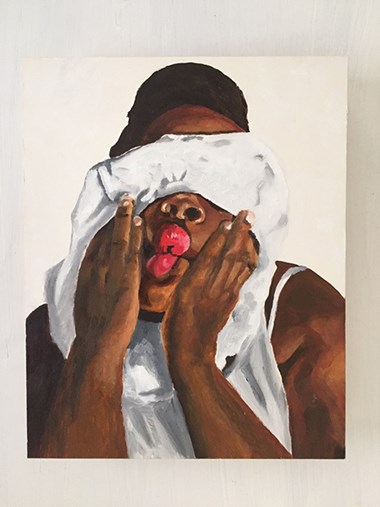
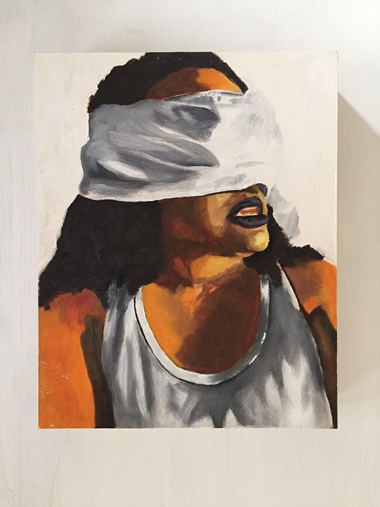
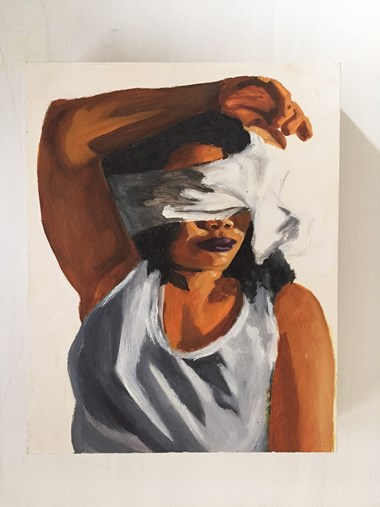
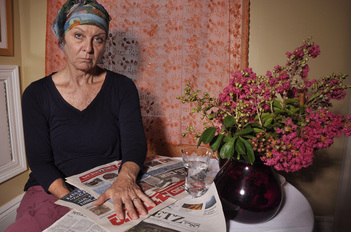
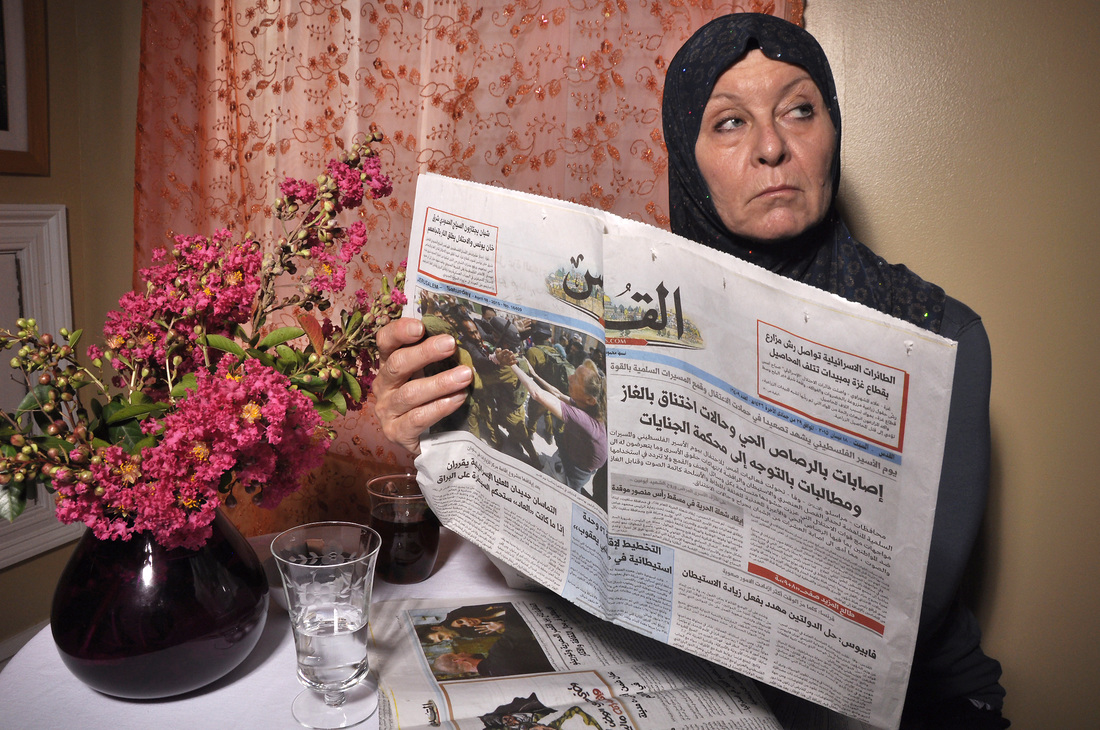
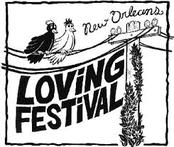
 RSS Feed
RSS Feed